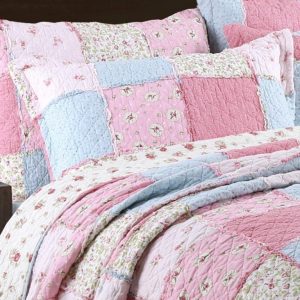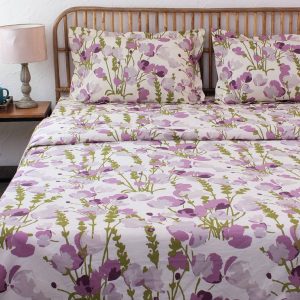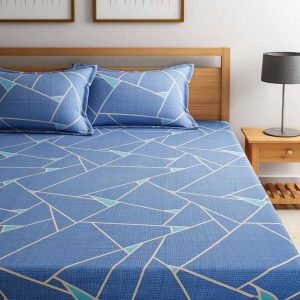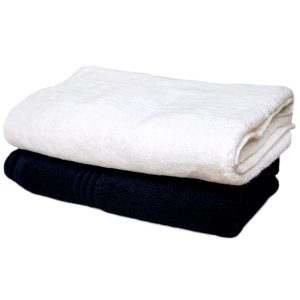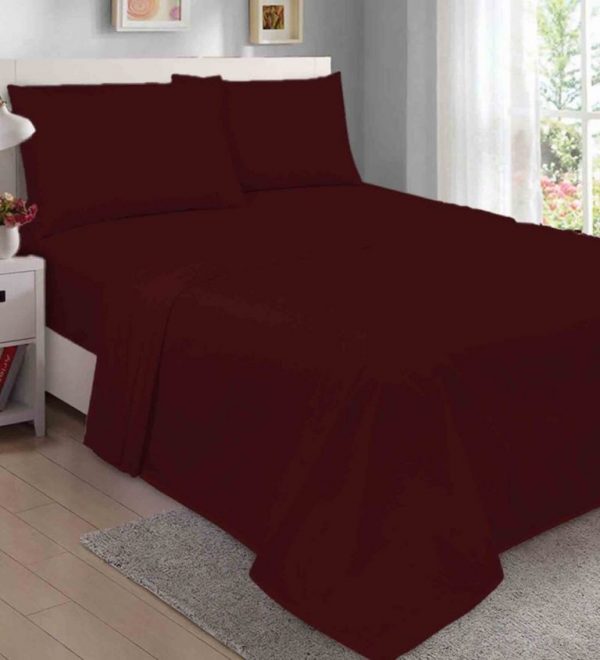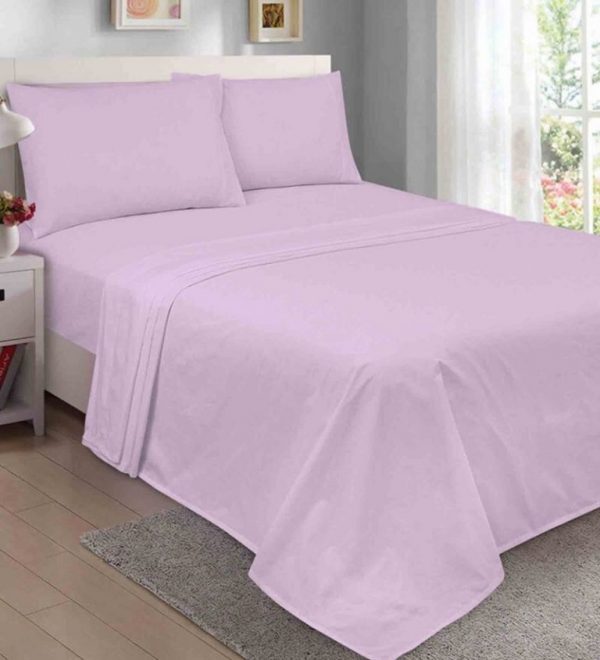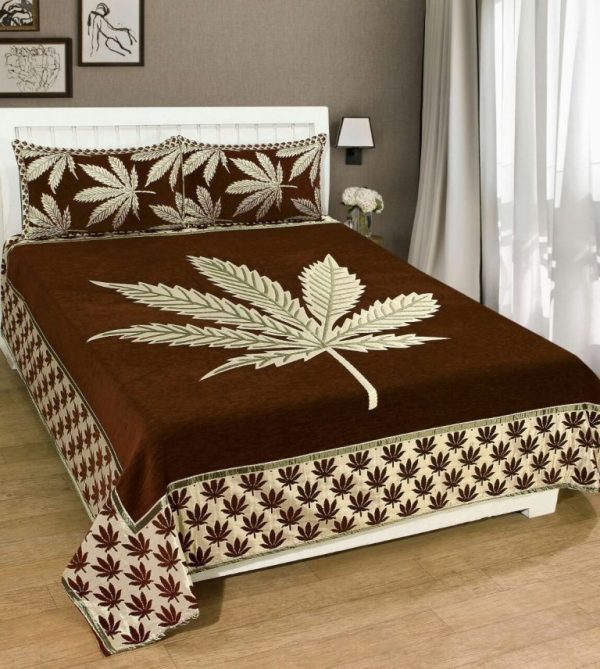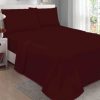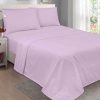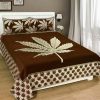Bed Covers
A set of bedding generally consists of at least flat or fitted bed sheet that covers the mattress; a flat top sheet; either a blanket, a quilt, or a duvet. Sometimes with a duvet cover is to be used in addition to or instead of – the top sheet; and a number of pillows with pillowcases, also referred to as pillow shams. (See Terminology for more info on all these terms.) Additional blankets, etc. may be added to ensure the necessary insulation in cold sleeping areas. A common practice for children and some adults is to decorate a bed with plush stuffed animals, dolls, and other soft toys. These are not included under the designation of bedding, although they may provide additional warmth to the sleeper.
Lightweight white, solid-color or printed plain weave, satin weave, or flannel cotton or cotton/polyester blends are the most common types of sheeting, although linen and silk may also be used, including in combination. Goose or duck down and other feathers are frequently used as a warm and lightweight filling in duvets, comforters and quilts. But such fill can protrude in part even from tightly woven fabric, and be an irritant for many people, particularly those with allergies. Natural and synthetic down alternatives are marketed. Cotton, wool or polyester batting is commonly used as fill in quilts and down alternative comforters. These are less expensive and more easily laundered than natural down or feathers. Synthetic fibers are best in the form of thermofused (where fibers cross) batting. Thick-woven or knitted wool, cotton, acrylic or other microfiber synthetics, or blends of these, are typically used for blankets. The fabric produced from the cotton warp and weft, cotton warp and lyocell weft has a significant improvement in all manner and is best suited for making bed linen.
Related products
